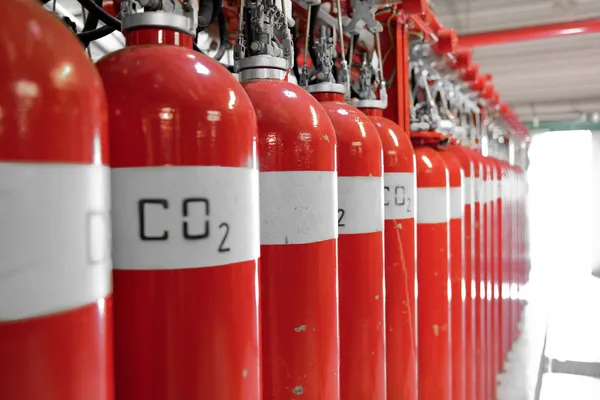Our Welding General Manager Michail Karpenko has recently reviewed welding grade CO2 gas and gas mixtures.
The global supply chain has become more challenging following the COVID-19 pandemic. While delays with the shipments, higher materials prices and shortage of some building products have been already factored into business operations, reports about challenges facing the global carbon dioxide (CO2) business are beginning to emerge.
There have also been reports that local CO2 shortage is also crippling New Zealand’s food industry. It is the larger user of the CO2 gas in the country. The closure of the Marsden Point refinery at the end of March means the only remaining domestic source of liquid and other food-grade CO2 is Todd Energy’s Kapuni gas field in Taranaki.
Welding grade CO2 gas is also critical for the welding fabrication industry. Welding is a key enabling technology in critical industries such as steel construction, pressure equipment, maintenance etc. It is used as a shielding gas to protect the weld in the welding processes Metal Active Gas (MAG) and Fux Cored Arc Welding (FCAW).
A closer look at CO2
CO2 has been used with both the GMAW and FCAW welding processes for welding carbon steel due to its low cost, good welding speed and joint penetration. However, with GMAW it tends to produce a rough weld surface and spatter as axially directed spray transfer cannot be achieved with pure CO2.
With a suitable power source and settings, and with appropriate welding technique good welds can be achieved.
Pure CO2 gas is also useful for welding coated or mild steel with the presence of rust or mill scale.
The case for Argon/ CO2 gas mixtures for GMAW
While using CO2 welding gas historically has been the cheapest option, a large number of fabricators have moved to using Argon/ CO2 gas mixtures for GMAW. These gas mixtures provide better arc stability, spray transfer mode, and reduced spatter compared to pure CO2. This makes the Argon/ CO2 gas mixtures a better choice for high (surface) quality/finish welds.
The typical CO2 content in the Argon/CO2 gas mixtures for GMAW is from 10% to 20% for welding of carbon-manganese (structural) steel and from 2% to 5 % for stainless steel. For FCAW the typical CO2 content in a Argon/ CO2 gas mixtures is 25%.
The impacts of shielding gas choice
The choice of the shielding gas also affects the selection of welding consumables. Changes in the composition (classification) of the shielding gas outside of the allowed variations for the selected welding consumables will require changes in welding consumables. This will also trigger the need to (re)qualify welding procedures to e.g. AS/NZS 1554.1 for welding of the structural steel.
Therefore, any changes in the shielding gas should be carefully considered and planned to take into account cost/benefits and the time component to implement the changes including potential lead time for the delivery of the new welding consumables. Potential changes need to be considered in close cooperation with the supplier(s) of gas and welding consumables.
Still some un-answered questions?
Our welding team recommend talking to your gas supplier for details concerning shielding gas supply.
Alternatively, our Welding Centre is available to assist with any technical questions related to the application of welding gases and gas mixtures that you might have, so please feel free to get in touch by emailing welding@hera.org.nz.
Remember – as part of your membership as a gold or platinum member, you are also entitled to up to 15 minutes of hotline advisory services from our technical team.
Not a member? Feel free to get in touch with our Manager Customer Experience, Rebecca Symonds to discuss what membership at HERA looks like for you!


